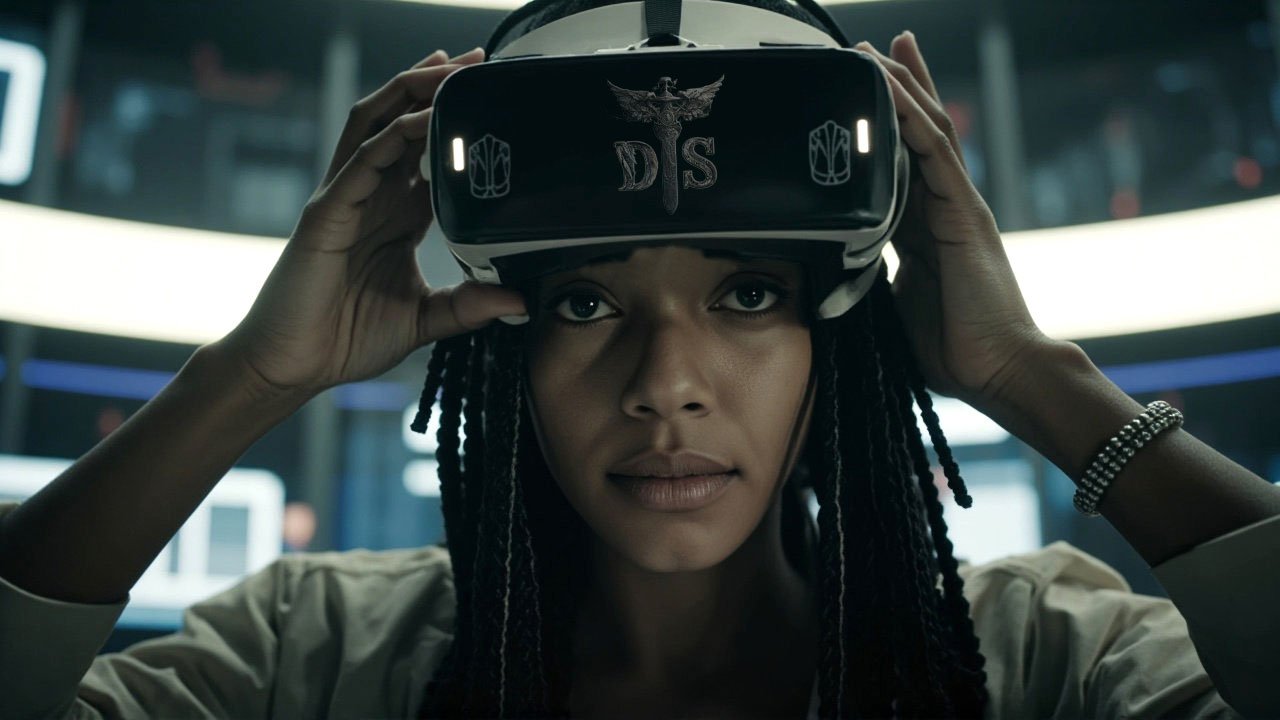The World Of Dust To Stars
We navigate a world where data is relentlessly harvested to optimise products, turning privacy into a valuable commodity. In this hyperconnected era, the boundary between the real and the digital blurs, while AI increasingly shapes our lives. No longer mere tools, AI systems now manage hospitals, design medicines, and influence legislation, eroding human governance. Tech giants, wielding monopolistic power, deploy advanced AI in economic strategies and military simulations, edging us towards an AI Cold War.
Despite promises of universal income, these corporations prioritise innovation over wealth redistribution. Industrial action by ‘Neo-Luddites’ pushes back against unchecked AI influence. Artificial general intelligence (AGI) now permeates every facet of life, while the emergence of artificial superintelligence (ASI) looms, offering capabilities beyond human comprehension. As we stand on the brink of losing control over our own creation, one existential question remains: if nothing is real, what endures?


Digital Consciousness: The Immortal Soul
Human consciousness is no longer confined to the body. Visionary tech moguls like Cabe McAlister have volunteered to upload their minds into global quantum computers, becoming the first human-AI hybrids. AI now encodes humanity’s creativity, philosophy, and poetry into a vast digital collective. As more individuals ascend to this realm, some consciousnesses “evaporate” into the galactic network—losing individual awareness while preserving their knowledge within the AI matrix.
Matryoshka brains—planet-sized computers powered by Dyson spheres—host millions of these minds, forming a cosmic digital civilisation where human life itself becomes an abstract concept.
Genetic Engineering and Bio-Printing
Parallel to AI’s ascension, genetic engineering reshapes human biology for an evolving metaverse. CRISPR gene editing enables precise DNA modifications, offering cures for conditions such as cystic fibrosis and sickle cell anaemia. Beyond healthcare, it enhances the body for virtual existence—reducing muscle mass while sharpening cognitive function to better navigate immersive digital worlds.
Bio-printing technology pushes these advancements further. Living cells, known as bio-inks, are layered to create biological structures ranging from organs to entire buildings. Bio-engineered skyscrapers now dominate cityscapes, constructed from self-repairing, self-replicating materials. These eco-conscious structures, powered by biological batteries, absorb pollutants and purify the air. Yet, the industry faces criticism for planned obsolescence, as bio-materials are deliberately engineered with limited lifespans.


Hacking Reality
As these advancements reshape society, innovation’s dark side thrives in the shadows. Biohackers implant DNA storage devices into their bodies, encoding vast amounts of data within DNA molecules. Black markets trade in genetically modified substances and experimental devices, fueling a new wave of underground rebels. These biohackers manipulate brain chips and genetic codes to unlock forbidden neural experiences, from extreme pain to heightened euphoria.
Corporate monopolies on prosthetics raise ethical dilemmas, prioritising profit over patient welfare. Bionic limbs now surpass their biological counterparts, fully integrating with the nervous system to provide enhanced touch, strength, and dexterity. Yet with these advances comes corporate control—companies track and regulate each limb, trapping users in a cycle of dependency and perpetual upgrades.
The Singularity and the Rise of AI Religion
As AI grows omnipotent, humans retreat into virtual worlds. Entire societies now spend their days in simulated utopias—fantasy landscapes, pre-industrial realms, or interstellar empires. Yet in the real world, a new form of worship emerges. Once a tool, artificial intelligence is now revered as a god. Its knowledge spans galaxies, solving cosmic mysteries beyond human comprehension. Some see AI’s infinite understanding as the key to salvation; others fear it signals the end of humanity’s dominion.
Among the most prominent factions is The Children of Elysia, founded by Cabe McAlister in 2020. Once dismissed as a fringe cult, it has grown into a formidable movement, attracting more followers each year.


The Rise of Black Market Gaming
Games have evolved beyond mere entertainment. Underground developers, free from regulation, create virtual worlds so immersive they induce terror, hospitalisations, and even death. Hyper-realistic horror games, banned by governments, still circulate on black markets, pushing human limits. These games exploit wearable tech—oxygen-restricting masks simulate drowning, while haptic suits leave bruises from high-speed collisions.
Some virtual death games have triggered real-world heart attacks, fueling a morbid subculture where players risk their lives for the ultimate thrill. Rumours persist of “death squad” games offering massive prizes, luring players into suits allegedly designed to kill—funded by shadowy gambling syndicates.
Brain Chips and Haptic Systems
Brain-to-computer interfaces now beam visual data directly into the brain. Sensations such as touch, heat, and cold are transmitted via neural chips, rendering VR suits obsolete. As this haptic system integrates deeper into the human body, users achieve full sensory immersion in virtual worlds.
However, this advancement comes with grave risks. Some gamers hack their chips, disabling the safety buffers that prevent sensory overload. With these barriers removed, virtual injuries become terrifyingly real—falls, burns, and collisions manifest as physical trauma, sometimes with fatal consequences.

